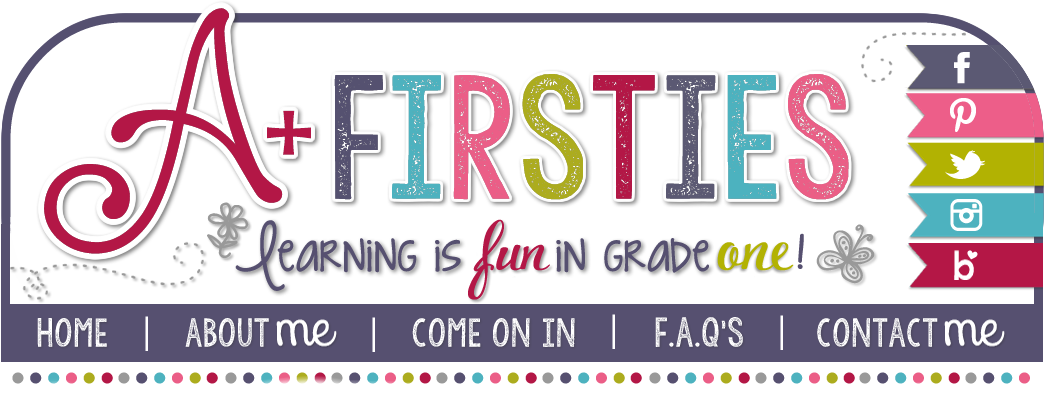How many students do you have that get frustrated or misbehave when a piece of paper is put in front of them or even flat out refuse to complete work? The frustration may not be with the work itself, but in being rushed to show it in a way that is uncomfortable…too soon. In the real world, no one takes away our support. No one insists that we “figure it out” and solve problems based on memory alone. We have calculators , fingers….tools and apps that we use to solve problems….all.the.time. So, why do we as teachers take away support from students because we feel they’ve grown dependent on it or have used it for too long?

Students understanding of mathematical ideas is broadened when they’re allowed to use concrete representations. In our classroom, when students visit work stations, manipulatives are provided as support. If students need them, they have assess to them. If they don’t, they’re not required to use them.

Before beginning independent work, examples of expected outcomes are projected to provide clarity…

…and a quick reference {example}. Using manipulatives can also provide game-like opportunities for learning.

In order to display our understanding of edges and vertices, students constructed models of 3-Dimensional figures using toothpicks and marshmallows. (I’m sure there were a few missing vertices, by the time this lesson was done!)

We could have read lots of books, colored pictures, looked at video clips....and we did, BUT none of those things could replace getting our hands dirty to plant real seeds. Planting in our classroom is definitely an experiment because growing dendrites might be a talent, but growing plants is NOT! Ha!

When we compared living organisms to non-living objects last year, the kids couldn’t wait to get their hands on worms! Real…icky, slimy…wet, muddy worms! Yuck! Now, while I enjoyed watching them enjoying themselves….the gummy worms were more my speed! Lol! =)

Concrete experiences like this and labs also help ELLs when focusing on new vocabulary and concepts at the same time! There’s no doubt, every student in the room knew the difference between the living worm and the non-living gummy worm…not to mention, which one tasted better!

So, the next time you’re planning….think of tactile ways to engage students in learning! Kids remember what they experience and DO!

I love my big take away or “aha” from this chapter. Provide students with the support they need for as long as THEY need it. It’s not up to me to decide it’s time to force them away from it. When a student is ready to show what they know independently, they’ll tell me they no longer need the aid or simply stop using it. Let them guide the learning. Let them touch, manipulate, feel, and experience as much learning as possible with their whole bodies. Paper and pencil tasks should be the very last step in learning….learning IS in the doing.
Allow students to use manipulatives, conduct experiments, build models and watch them flourish! Hands-on learning is FUN!
Stop by Mrs. Jump's Class to hop through the other posts about this chapter. Enjoy!


No comments:
Post a Comment
Leave a little love.....Thanks! :-)